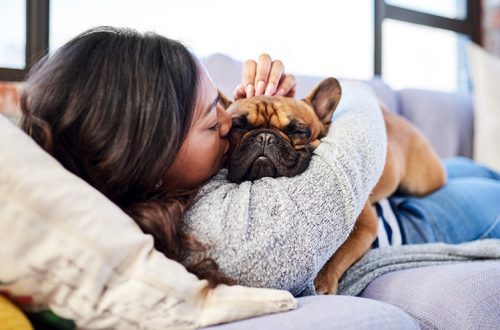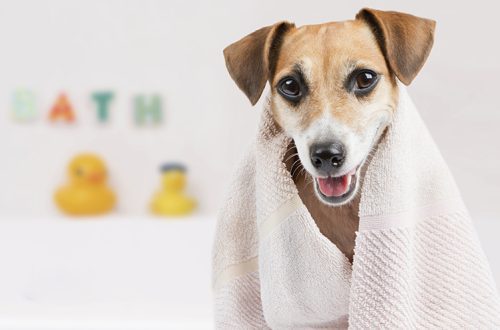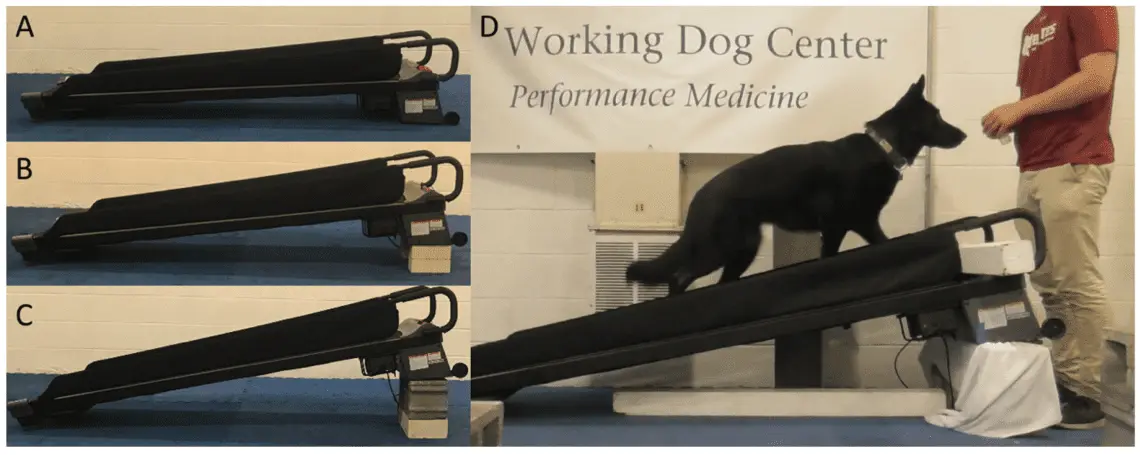
Acclimatization in dogs
However, now people are more mobile, they travel all over the world, easily change climatic zones and very often take their beloved pets with them. But when moving, especially from north to south, you need to take into account that the dog needs time to acclimatize, and during it you need to carefully monitor the animal.
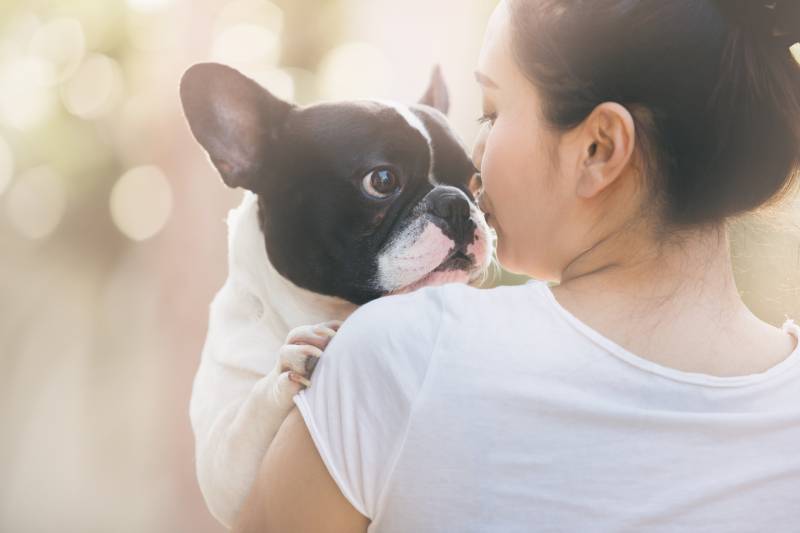
Acclimatization of puppies
Puppies, born in one house, at a certain age move from breeders to new owners in completely different conditions. And it’s good if they stay in the same city with breeders, but much more often babies have to make long trips to other cities, and sometimes to other continents.
When a puppy arrives at a new home, you need to give him time to acclimatize and adapt. First of all, you need to leave the dog alone so that it gets used to new smells, temperature and humidity, to new sounds. At the same time, it is worth offering the puppy water and food, and it is best if the baby at first eats exactly the food that the breeder fed him.

In the first days in a new home, the baby may be lethargic and sleep a lot. It is also possible indigestion due to unusual water and food. However, after acclimatization, the puppy should return to its former liveliness, start playing, eating well and being interested in the outside world. If this does not happen, then the baby must be shown to the veterinarian.
Acclimatization of adult dogs
Adult animals, especially the elderly, endure acclimatization much more difficult. A very difficult climate change is for short-nosed breeds – for example, Pekingese or French Bulldogs. It is also difficult to acclimatize in dogs that have had a sharp change in climate: for example, when transporting a northern sled dog to the equator.
When traveling with a dog to hot countries, owners must constantly monitor that the pet, not accustomed to such weather conditions, does not get heatstroke. Signs of overheating are a sharp increase in the dog’s body temperature, redness of the mucous membranes, vomiting, loss of consciousness, convulsions.
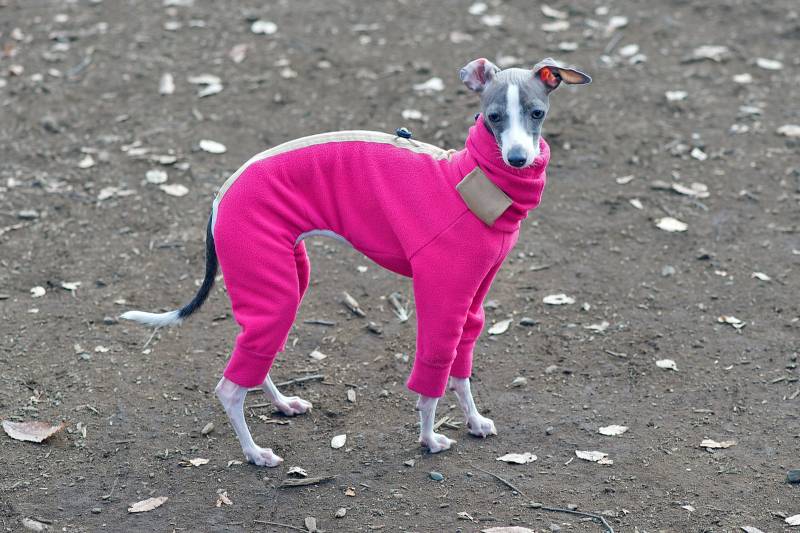
Don’t underestimate overheating. It can be fraught with cerebral edema, kidney failure and death of the dog. Owners need to make sure that the dog has unlimited access to fresh cool water, there is an opportunity to hide from the sun; do not allow excessive physical activity of the dog in the heat. If the dog becomes ill, it should immediately be removed to a cool place, bring down the temperature (you can use a cold compress or a bath with cool water) and show the veterinarian.
Hypothermia is equally dangerous. If a person decides to take away his beloved greyhound, for example, to Yakutsk, then he must understand that walking in cold weather (even in overalls) is fraught with the death of the animal.



